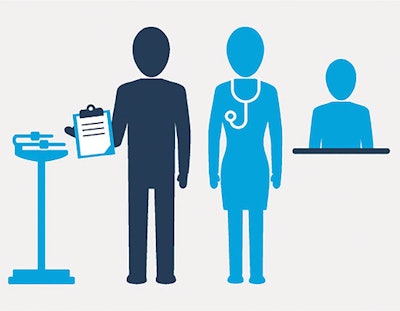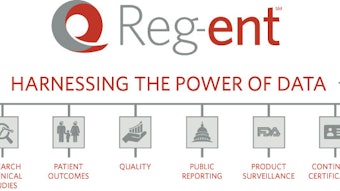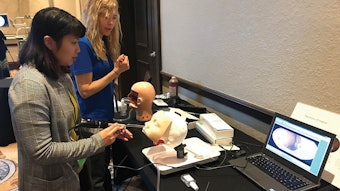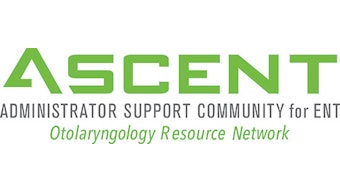Published: July 31, 2019
Disaster preparedness for your medical practice
Recent fires, hurricanes, and floods nationwide have highlighted the importance of planning for disasters. A checklist can provide the framework for a comprehensive disaster plan. The checklist should include:

SPONSORED CONTENT FROM AAO-HNS ACADEMY ADVANTAGE PREMIER PARTNER: The Doctors Company
Julie Brightwell, JD, RN, Director, Healthcare System Patient Safety, The Doctors Company

- A full-circle call tree
- Instructions for setting up instant messaging technology that enables staff to communicate without a wireless network or cellular data connection
- Instructions for securing records of patients undergoing diagnostic testing and a list of outstanding diagnostic studies
- Guidelines for maintaining Health Insurance Portability and Accountability Act (HIPAA) compliance
- A Certificate of Insurance for your medical malpractice coverage, or instructions for contacting your agent or insurer directly to obtain proof of coverage. This document will be necessary if you are forced to temporarily relocate your practice or procedures
- Verification that home health agencies caring for your patients have plans in place to provide adequate services in a disaster
- Steps to follow upon returning from evacuation
- Planning today makes accomplishing the following tasks more feasible during a disaster:
Communication
- Contact staff immediately to determine realistic return-to-work time frames
- Notify external vendors and business associates of your practice interruption and targeted resumption of operation
- Implement staff briefings at the beginning and end of each day
- Create temporary phone, fax, and answering services
- Establish patient telephone triage
- Implement temporary controls to ensure HIPAA compliance
Computers and systems
- Contact computer service vendors to ensure integrity and recovery
- Verify insurance coverage for repair or replacement costs and losses
- Evaluate applicable warranties and consider an information technology restoration service contract
- Inventory and document hardware and software
- Document the type and extent of both lost electronic and paper data
- Ensure data back up and periodically test compliance
- Reestablish filing systems and internal programs
Medical records
- Determine the extent of damage to, or loss of, patient records and filing systems
- Attempt to restore all damaged charts and document inventory findings
- Notify the state medical board for specific guidance pertaining to lost or damaged records
- Document all efforts to restore and protect existing records
- Reconstruct lost charts at the next patient encounter
- Contact your insurance carrier for restorative services and/or claim procedures
- Reestablish a filing system and temporary storage if necessary
- Obtain legal guidance for patient notification during recovery efforts
- Contemporaneously date and initial all late entries and duplicate information in context of recovery efforts.




















